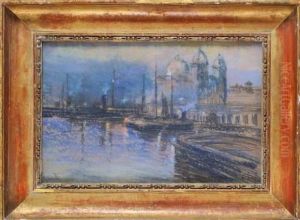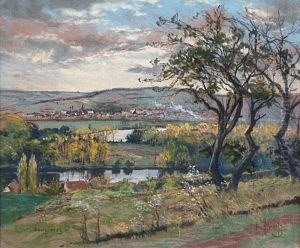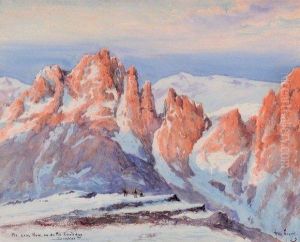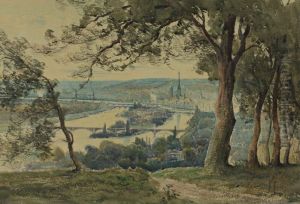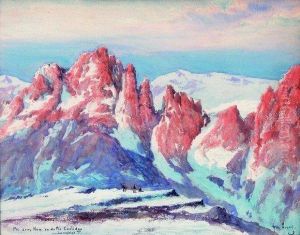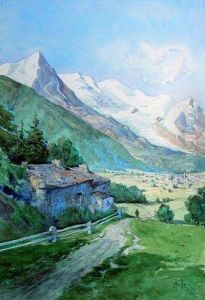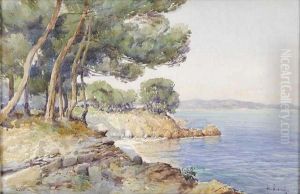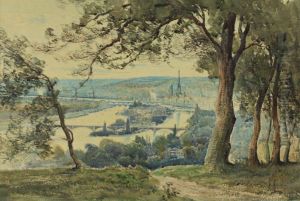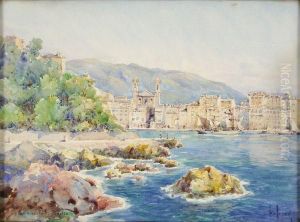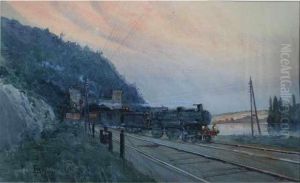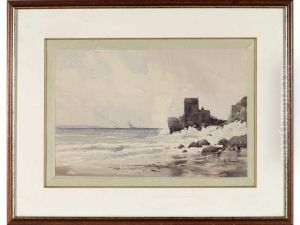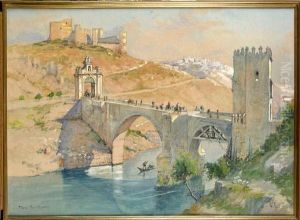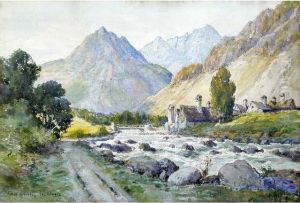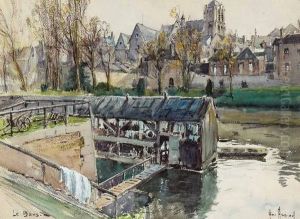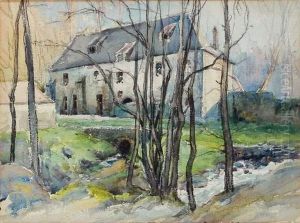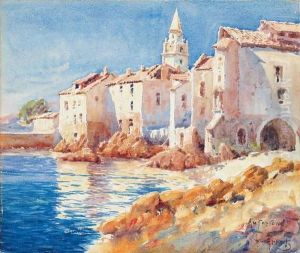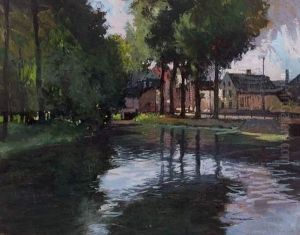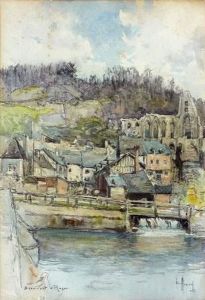Emile Appay Paintings
Emile Appay was a distinguished French landscape painter, prominent in the early 20th century for his contribution to the Impressionist movement. Born on 17th May 1876 in Paris, France, Appay developed an affinity for art at a young age, inspired by the natural beauty of the French countryside and the bustling life of Paris.
Educated at the École des Beaux-Arts in Paris, Appay was a student under the tutelage of preeminent artists such as Henri-Joseph Harpignies and Paul Lecomte, who were instrumental in shaping his early artistic style. These influences are evident in his meticulous attention to detail and his predilection for capturing the ephemeral qualities of light and atmosphere in his landscapes.
Throughout his career, Emile Appay demonstrated a profound love for the French landscape, traveling extensively across the country to paint en plein air, a technique that was central to the Impressionist movement. His works often depict serene scenes of the French Riviera, Normandy's coastlines, and the picturesque countryside, characterized by vibrant colors, dynamic brushstrokes, and a luminous quality that captures the transient effects of light.
Appay's contribution to French Impressionism was widely acknowledged during his lifetime, and he participated in numerous exhibitions, including the prestigious Salon des Artistes Français in Paris, where he received critical acclaim. His paintings are celebrated for their ability to evoke the beauty and tranquility of the natural world, inviting viewers to experience the landscapes he so cherished.
Despite his significant contributions to the art world, Emile Appay's name is not as widely recognized as some of his contemporaries. However, his work continues to be appreciated by art historians and collectors alike, who admire his unique ability to blend realism with the Impressionist emphasis on light and color.
Emile Appay passed away on 23rd March 1935 in Paris, leaving behind a legacy of beautiful landscapes that continue to enchant and inspire. His paintings are held in private collections and museums around the world, serving as a testament to his skill and passion for capturing the beauty of the French landscape.
